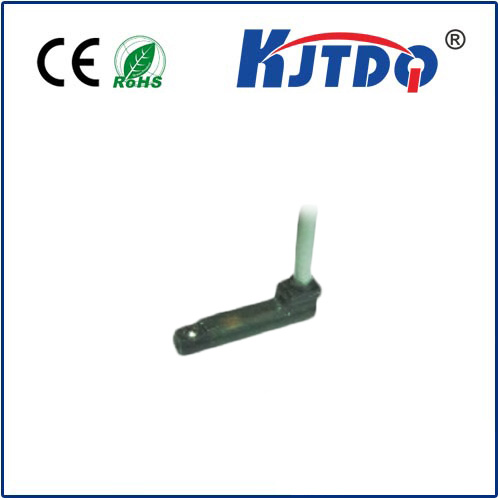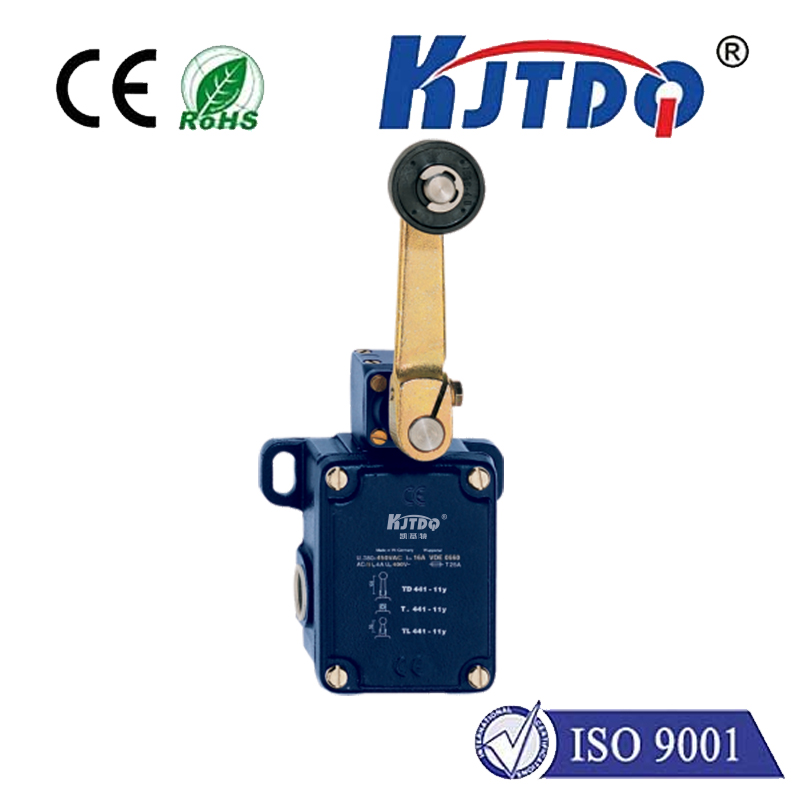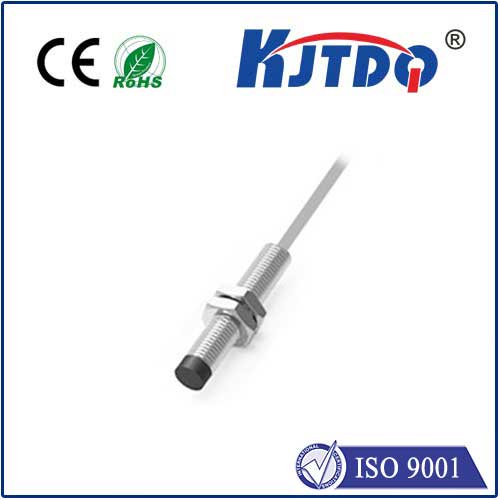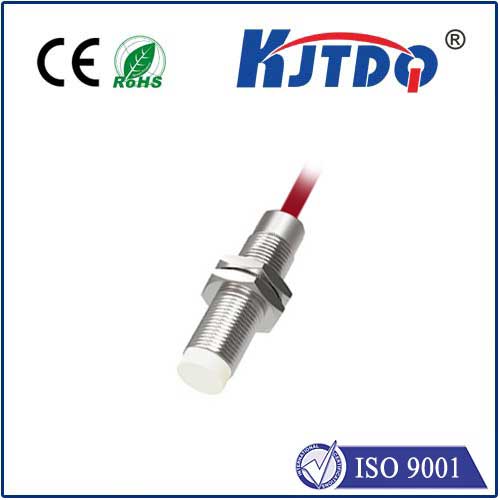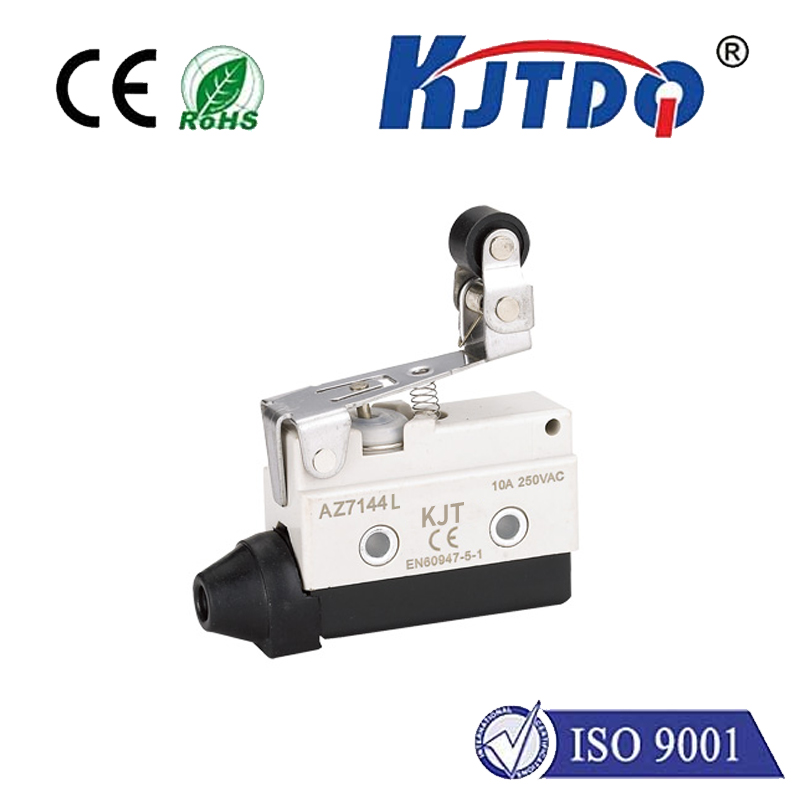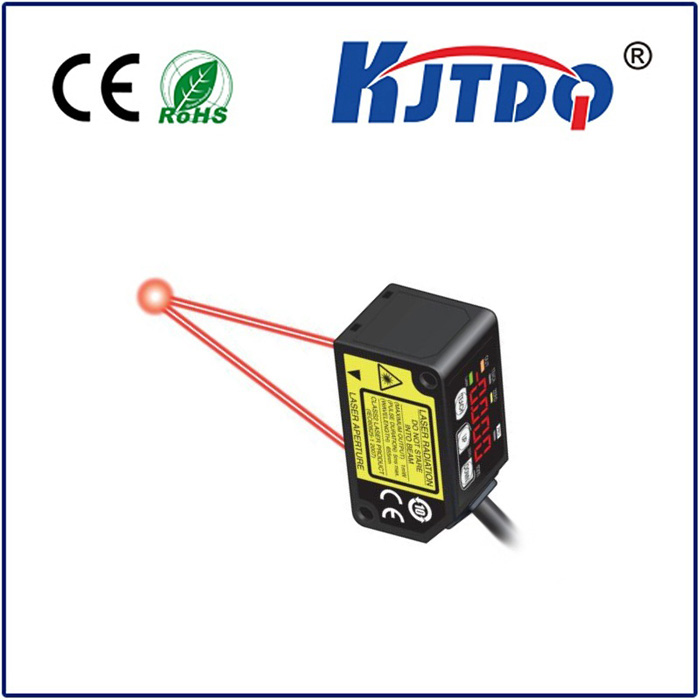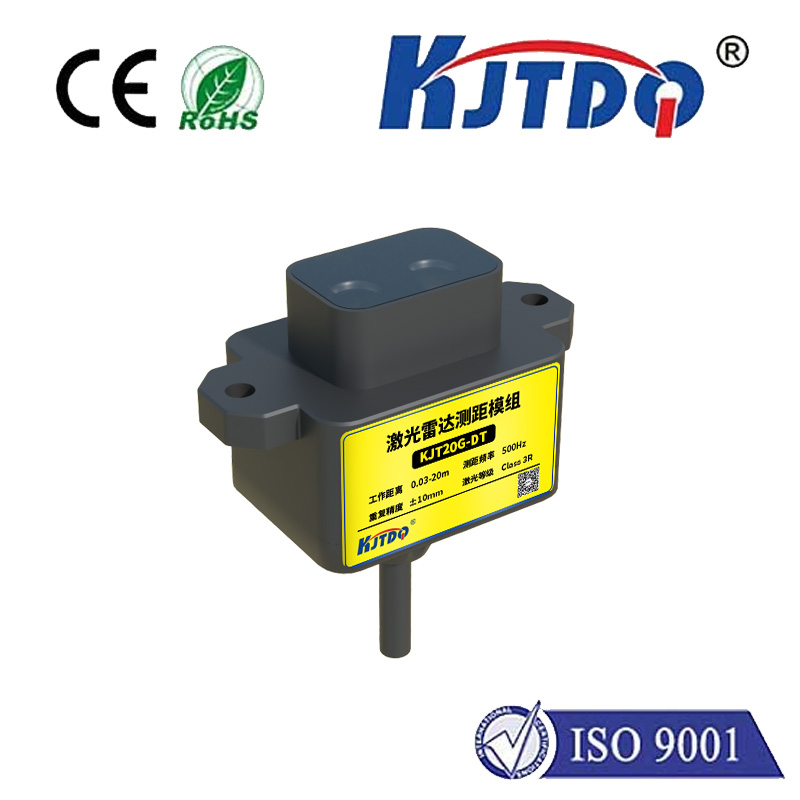E3T-FD13-M5J 0.3M micro photoelectric sensor
- time:2025-09-27 03:18:46
- Нажмите:0
Unlocking Precision Automation: The Power of the E3T-FD13-M5J 0.3M Micro Photoelectric Sensor
Imagine a complex robotic assembly line, building intricate medical devices. Deep within the mechanism, a critical component needs precise positioning verification. Space is unbearably tight, traditional sensors simply won’t fit. This is the domain where the E3T-FD13-M5J 0.3M Micro Photoelectric Sensor truly shines, becoming an indispensable tool for engineers tackling precision automation challenges in confined environments.
The Unrelenting Demand for Miniaturization in Sensing
Modern manufacturing, semiconductor handling, packaging machinery, and medical equipment continuously push toward greater precision and denser component packing. Space constraints are no longer an occasional hurdle; they are a fundamental design consideration. Standard photoelectric sensors, while powerful, often occupy too much real estate within these increasingly compact machines. This creates a critical need for micro solutions that deliver reliable object detection without compromising performance. The E3T-FD13-M5J was engineered specifically to meet this demand head-on, offering industrial-grade sensing capabilities in an exceptionally small package.

Dissecting the E3T-FD13-M5J: Features Engineered for Compact Excellence
- Ultra-Compact Size: This is the sensor’s defining characteristic. Its miniature form factor allows seamless installation where larger sensors simply cannot go, solving critical space-constrained application problems.
- Robust Through-Beam Sensing: Operating on the through-beam principle, it features a separate, equally compact emitter (E3T-FD11) and receiver (E3T-FD12). The emitter projects an infrared beam directly to the receiver. Detection occurs when an object breaks this beam, providing highly reliable operation unaffected by target surface color, reflectivity, or texture - a significant advantage for diverse applications.
- Integrated 0.3M Cable: The pre-attached 0.3-meter cable offers significant benefits. It simplifies initial wiring and installation logistics in tightly packed areas. More crucially, it allows for direct mounting in locations where space prevents the use of bulky connectors, maximizing flexibility.
- Fiber Optic Integration: While compact, the E3T-FD13-M5J is designed to connect to dedicated fiber amplifier units (like the Omron E3X-DA-S). This separation provides powerful signal processing, tuning capabilities, and status indicators at the amplifier, while the sensor heads themselves remain tiny and easily routable, ideal for accessing deeply recessed or hazardous points.
- Resilience & Reliability: Built to endure demanding industrial floors, it typically features a robust IP67 rating, protecting against dust ingress and water jets. This ensures consistent performance even in challenging environments like food processing, machine tooling, or pharmaceutical packaging.
- Polarized Filter (Receiver): The FD13 receiver incorporates a *polarizing filter. This significantly enhances its ability to reject stray light reflections from shiny or metallic surfaces, drastically reducing false triggering and boosting detection reliability.
Where the Micro Sensor Delivers Unmatched Value
The unique strengths of the E3T-FD13-M5J make it the go-to solution for numerous demanding scenarios:
- Miniature Component Handling & Assembly: Detecting tiny electronic parts (resistors, chips), watch components, or medical device elements moving through compact feeding mechanisms or assembly stations where sensor bulk is unacceptable.
- Precision Machinery: Integration within the internal workings of CNC machines, semiconductor wafer processing equipment, or optical devices to monitor tool position, verify small part presence in clamps, or detect discreteness.
- Packaging & Labelling: Verifying the presence of small items within blister packs, detecting the leading edge of narrow labels on fast-moving webs, or ensuring proper closure of small cartons on high-speed lines.
- Conveyor Gap & Small Part Detection: Reliably detecting small objects passing on narrow conveyors or detecting gaps between products.
- Medical & Life Sciences: Employed within diagnostic equipment, lab automation systems, and drug dispensing machines where space is critical and reliable detection of small vials, cartridges, or moving parts is essential.
- Robotics End-Effectors: Mounting sensors directly onto robot grippers or arms for precise object presence/absence verification right at the point of manipulation, especially vital for complex, intricate tasks.
Deployment Considerations: Maximizing Micro Performance
While powerful, deploying these micro photoelectric sensors effectively requires attention to detail:
- Amplifier Selection: Carefully choose the compatible fiber amplifier based on required features (response speed, sensitivity adjustment method, output type, display).
- Alignment is Key: Precise optical alignment between the emitter and receiver is absolutely critical for optimal through-beam performance, especially given their small size. Use alignment tools whenever possible.
- Physical Protection: Ensure the sensor heads and delicate fiber-optic cables are properly routed and secured away from potential crushing, pinching, or abrasion points.
- Environmental Factors: While IP67 rated, consider extreme temperatures, aggressive chemicals, or heavy impact – specific variants or protective housings might be necessary for harsher conditions.
- Fiber Cabling: Protect the flexible but sensitive fiber-optic cable connecting the sensor head to the amplifier. Avoid sharp bends below the minimum bend radius.
The E3T-FD13-M5J 0.3M Micro Photoelectric Sensor transcends being merely a small component. It represents a sophisticated solution enabling precision automation where traditional sensors fail. Its ultra-compact footprint, dependable through-beam performance, resilient construction, and seamless fiber amplifier integration make it an essential tool for engineers designing the next generation of compact, high-speed, and reliable machinery. When demanding applications dictate that every millimeter counts, this sensor delivers the critical detection capability required to unlock innovation and ensure flawless operation within the tightest confines of modern automation systems.

